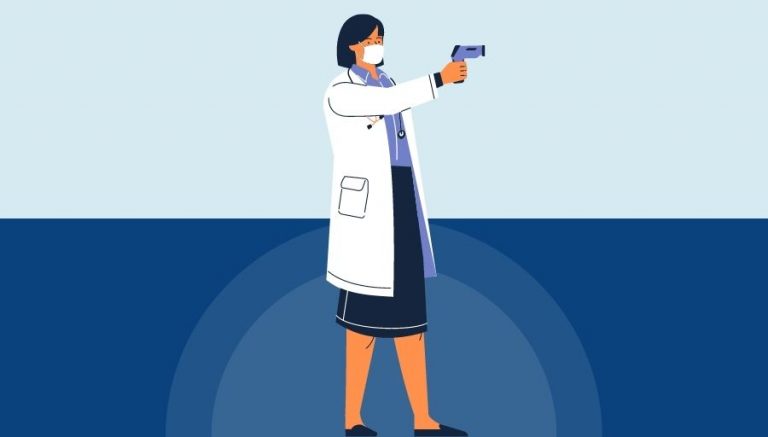How To Fix Denial Code 20 | Common Reasons, Next Steps & How To Avoid It
Denial Code 20 (CARC) means that a claim has been denied because the injury or illness being treated is covered by the liability carrier. Below you can find the description, common reasons for denial code 20, next steps, how to avoid it, and examples.
2. Description
Denial Code 20 is a Claim Adjustment Reason Code (CARC) and is described as ‘This injury/illness is covered by the liability carrier’. This indicates that the insurance company will not make the payment for the billed service because the injury or illness being treated is covered by a liability carrier. In simpler terms, the claim is not payable by the insurance company as it falls under the responsibility of the liability carrier.
2. Common Reasons
The most common reasons for denial code 20 are:
- Liability Coverage: Denial code 20 occurs when the injury or illness being treated is covered by a liability insurance policy. This can happen in cases where the patient’s injury or illness is a result of an accident or incident that is covered by a liability policy, such as a car accident or workplace injury.
- Incorrect Billing: Denial code 20 can also occur if the claim is incorrectly billed to the patient’s health insurance instead of the liability carrier. It is important to ensure that claims are accurately coded and billed to the appropriate insurance entity to avoid denials under code 20.
- Lack of Coordination: In some cases, there may be a lack of coordination between the healthcare provider, the patient, and the liability carrier. This can result in claims being submitted to the wrong insurance entity or delays in obtaining the necessary information from the liability carrier, leading to denials under code 20.
3. Next Steps
You can address denial code 20 as follows:
- Verify Liability Coverage: First, verify if the injury or illness being treated is indeed covered by a liability carrier. This can be done by obtaining the necessary information from the patient and coordinating with the liability carrier to confirm coverage.
- Correct Billing: Ensure that claims are accurately coded and billed to the liability carrier instead of the patient’s health insurance. This may require updating billing systems and processes to ensure proper identification and submission of claims to the correct insurance entity.
- Coordinate with Liability Carrier: Establish effective communication and coordination with the liability carrier to ensure timely processing of claims. This may involve providing the necessary documentation and information requested by the liability carrier to support the claim.
- Appeal or Resubmit: If a claim is denied under code 20 due to incorrect billing or lack of coordination, consider appealing the denial or resubmitting the claim with the correct information. Provide any additional documentation or clarification that may be required to support the claim.
4. How To Avoid It
You can prevent denial code 20 in the future by taking the following steps:
- Educate Staff: Ensure that your billing and administrative staff are educated about liability coverage and the proper procedures for billing claims to liability carriers. This includes training on identifying cases that fall under liability coverage and understanding the coordination process.
- Verify Coverage: Before providing services, verify if the injury or illness being treated is covered by a liability carrier. This can be done by obtaining the necessary information from the patient and coordinating with the liability carrier to confirm coverage.
- Coordinate with Liability Carrier: Establish effective communication and coordination with the liability carrier to ensure timely processing of claims. This may involve providing the necessary documentation and information requested by the liability carrier to support the claim.
- Update Billing Systems: Review and update your billing systems and processes to ensure accurate identification and submission of claims to the correct insurance entity. This may include implementing checks and balances to prevent claims from being incorrectly billed to the patient’s health insurance.
5. Example Cases
Below are two examples of denial code 20:
- Example 1: A patient is involved in a car accident and seeks medical treatment for their injuries. The healthcare provider mistakenly bills the patient’s health insurance instead of the liability carrier, resulting in a denial under code 20.
- Example 2: A patient sustains an injury at their workplace and requires medical attention. The healthcare provider correctly bills the claim to the liability carrier, but the claim is denied under code 20 as the injury is covered by the liability policy.
Source: Claim Adjustment Reason Codes



